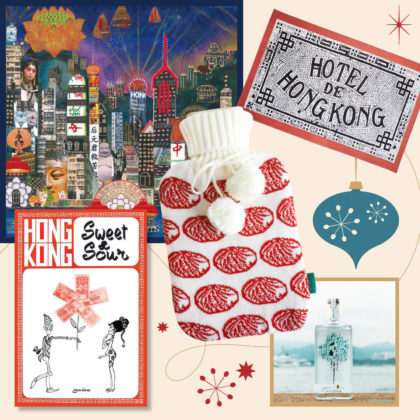Your guide to enjoying an ethical and sustainable Christmas – without scrimping on the festive cheer.
While Christmas is traditionally a time of excess, that’s no excuse to throw your efforts at saving the planet completely out the window. Instead, a mindful approach to festive planning can go a long way in reducing the environmental impact of your celebrations. Here’s how to get started.
Read more: Eco & Ethical: 2020 Christmas Gift Guide
Jump to:
Decor
Cards And Gift Wrap
Food
Gifts
The Festive Extras
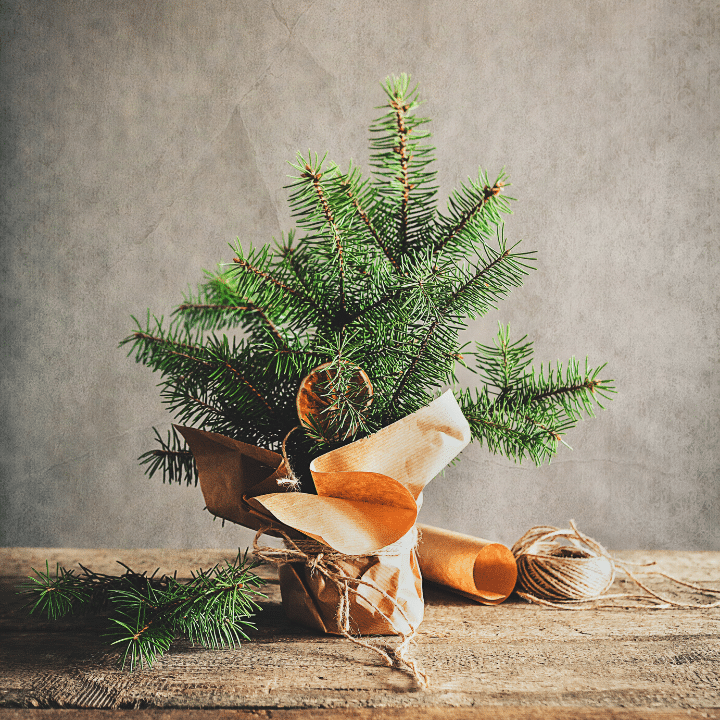
Decor
Tree
Let’s start with the pièce de résistance of any festive decor: the Christmas tree. There is some debate about whether a real or fake fir is more environmentally-friendly. The bottom line? It really depends.
Generally speaking, a locally-sourced natural tree is always preferable. These boast a lower carbon footprint than their plastic counterparts and come with the added bonus of being recyclable. However, getting that in Hong Kong is near impossible as all real trees have to be imported from the US or Europe. So what are your alternative options?
Oncor Recycled Trees
Though plastic is usually the enemy, we’ll make an exception for Oncor. All of its trees are made from 100% recycled, lead-free PVC plastic and promise an industry-leading product life of 30 years or more (reuse and recycle, check!). What’s more, Oncor has its manufacturing plant in Dongguan (near the Hong Kong border), meaning your tree won’t have to travel too far to make it home, reducing its carbon output even further. Best of all, shipping to Hong Kong is free!
A Non-Tree Christmas Tree
Given how tiny the typical Hong Kong home is, it may even be worth ditching the huge six-foot tree altogether for something more practical. Etsy has some fantastic recycled cardboard options (head here for both floor and tabletop versions) and we love TREE’s terracotta trees or FSC-certified packable wood trees. IKEA also has some great eco-friendly tree alternatives this year, including a knitted tree and one made from bamboo! Or, for the more creatively inclined, there are a ton of simple DIY ideas, including this wood and fairy light beauty from Collective Gen and this minimalist wall hanging from Almost Makes Perfect.
Sassy Tip: If the allure of fresh pine is too much to bear, make sure your real tree comes from a sustainable grower. Opt for trees that come from nurseries (as opposed to unspoilt forests) and, if possible, look for an FSC or Soil Association logo. Plus, don’t forget to recycle your tree when you’re finished with it – head here to find out how.
Read more: Where To Buy And Recycle Your Christmas Tree In Hong Kong
Decorations
When it comes to decorations, the best plan of action is to reuse what you already have. However, if you have your heart set on buying new ones then that’s okay too, as long as you aim to invest in ornaments that will last you for years to come. Try to stay away from anything plastic if you can – they’re not very durable and are bad for the environment. Alternatively, arty types might enjoy crafting or even baking their own embellishments. Oh, and if you’re a fan of Christmas lights, make sure you opt for LEDs which use up to 80% less energy. The environment (not to mention your electricity bill) will thank you!
Read more: Where To Buy Christmas Decorations In Hong Kong

Cards And Gift Wrap
Year after year, the biggest culprits of single-use Christmas waste has to be cards and gift wrap. Let’s face it, after they’ve served their short-lived purpose, what else are they really good for? That being said, this doesn’t mean you have to abandon these traditions entirely…
Cards
If you’re one of the few who still makes the effort to send physical Christmas cards to your nearest and dearest, make sure the cards you send are FSC certified. In Hong Kong, Sassy favourites The Lion Rock Press and Paper Roses are both good options for this. Or for a thoroughly 21st century option (that’s also completely zero waste!), how about sending out e-cards? Paperless Post has some beautiful designs by the likes of Rifle Paper Co., kate spade new york and Meri Meri. As for when you receive cards, do your best to recycle where possible, or save them for making decorations next year!
Gift Wrap
Part of the fun of receiving a present is being able to tear open the paper, so of course you can’t forgo the gift wrap entirely! Instead, we’re huge fans of using wrapping paper alternatives that can be reused long after the festivities are over. Gift bags in particular are great for this, as is the Japanese method of furoshiki, which involves using a beautifully-printed wrapping cloth or scarf (here we defer to organising queen Marie Kondo to show you how it’s done).
If traditional wrapping paper is unavoidable, make sure you use paper that is FSC certified and easily recyclable. Simple brown paper is a nice minimalist option, or get creative by reusing newspaper and magazines! We’d also recommend using ribbon, twine or glue paste to seal your gift, as wrapping paper cannot be reused or recycled if it is covered in metres of adhesive tape. For the same reason, lay off the DIY glitter and gift tag stickers.
Sassy Tip: Not sure if your wrapping paper is recyclable? Try the scrunch test! If the paper can stay scrunched up in a ball, it can probably be recycled.

Food
Christmas is a time to eat, drink and be merry, so we won’t bother telling you to reign in your feasts (we strongly believe that overeating is everyone’s festive right!). In an effort to be as eco-friendly as possible however, it never hurts to be realistic about the amount of food you can physically get through. When eating out, don’t over-order just “because it’s Christmas”. And if you’re taking on the challenge of home cooking this year, grocery shop with intent. Make a list and stick to it – don’t get distracted by any unnecessary additions!
What’s more, when choosing your ingredients, try to buy organic, local and free-range. For meat, Feather & Bone and Bones & Blades are Sassy go-tos. And for fruit and vegetables, we like Jou Sun, Dragontail Farm Ltd., Eat Fresh and the Vegetable Marketing Association.
On that note, if you can cut down your meat intake over the holidays, do it! You don’t have to go as far as ditching the turkey dinner altogether, but if you have multiple holiday feasts lined up, perhaps try opting for the vegetarian and vegan options at least once.
Finally, if you do happen to find yourself with lots of leftovers, don’t automatically just bin them! Rather, take the time to see if any of it can be donated. Though dried goods and canned food are always preferable, there are some centres that will accept fresh and cooked food alongside bakery items. Head here for a list of local food donation services.
Read more: Your Guide To Christmas Dining At Home
Gifts
A common misconception of an eco-friendly Christmas is the idea of having to sacrifice or cut back on holiday gifting. However, that’s not the case at all. Feel free to be as generous as you want, just ensure you’re making mindful choices when it comes to shopping decisions. Here are some things to consider:
- Think experiences, not things. How much more stuff do we really need? Unless this has been something on their wish list for a long time, don’t just buy something for the sake of it. Instead, look into gifting your loved ones a class, dinner or concert experience. Things are easily broken or lost, but memories last a lifetime.
- Go sustainable or pre-loved. Head here and here for ideas of where to start in Hong Kong! And definitely check out our Eco & Ethical Gift Guide!
- Quality over quantity. Don’t feel like you have to buy lots of little things to be perceived as generous. Putting your money towards one gift they’ll really love will be just as appreciated.
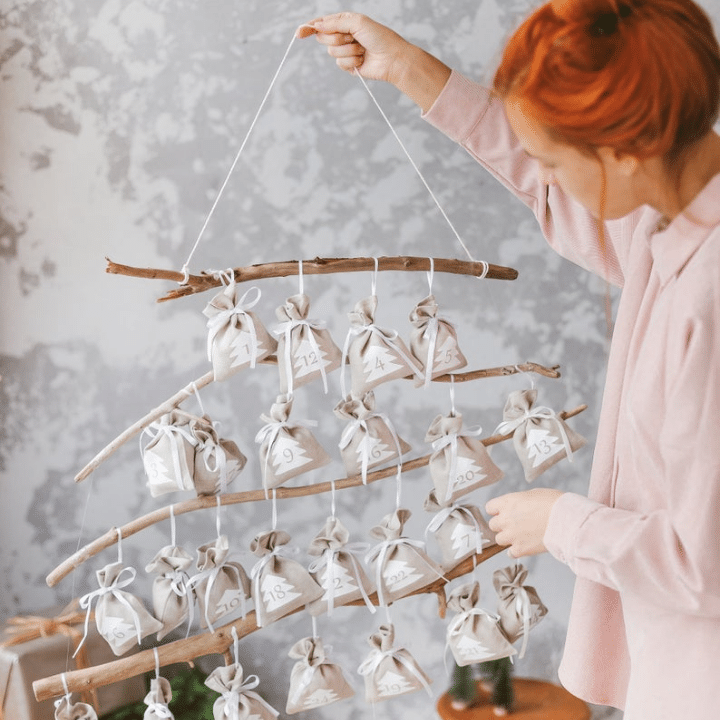
Festive Extras
The celebrations aren’t complete without a few festive extras. From crackers to advent calendars, these are the once-a-year treats that help make the holidays feel extra special. And now, even these can be made eco-friendly too!
Crackers
Between the paper waste and plastic toy gifts, traditional Christmas crackers are no friends of the earth. However, there are some alternative options for those who don’t want to let go of the bang. These Etsy versions (here and here) are made from FSC-certified recyclable paper or reusable fabric and are filled with eco-friendly gifts. You could also attempt to make your own either from scratch or using a DIY kit. This way, you’ll have complete control over the gifts and/or materials!
Advent Calendars
We love an advent calendar as much as the next person, but there’s no denying the wastefulness of all that unnecessary excessive packaging. Instead, if you’re in charge of sourcing an advent calendar for loved ones, consider buying a version you can reuse year after year. This handmade option is a winner!
Featured image courtesy of Natalia Lavrenkova via Getty Images, image 1 & 2 courtesy of Shintartanya via Getty Images, image 3 courtesy of Joyce Adams via Unsplash, image 4 courtesy of via Etsy.





 Eat & Drink
Eat & Drink

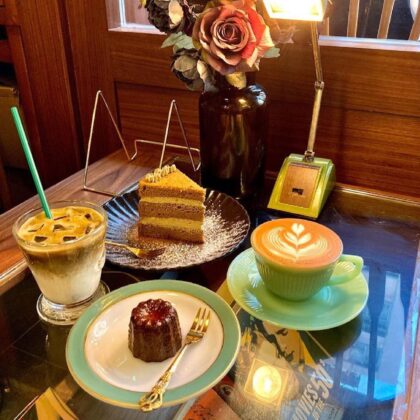

 Travel
Travel


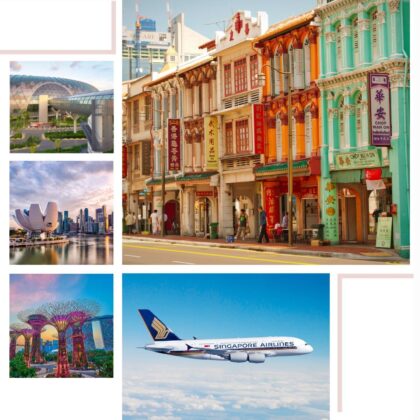
 Style
Style
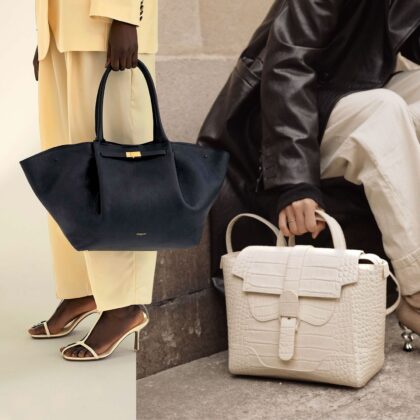

 Beauty
Beauty



 Health & Wellness
Health & Wellness



 Home & Decor
Home & Decor


 Lifestyle
Lifestyle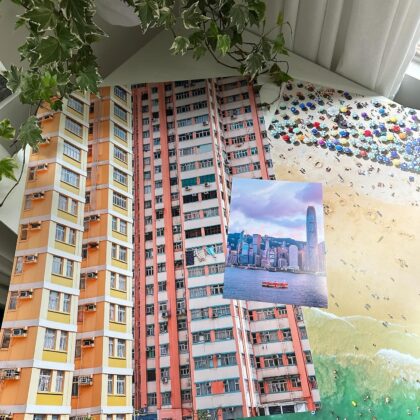
 Weddings
Weddings







